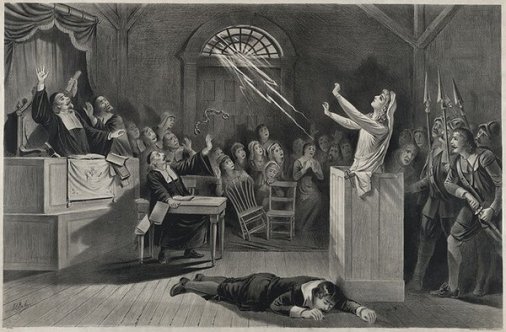Last Saturday, March 25th, our class took a bus to the East End Cemetery for some volunteer work. The East End Cemetery is an African American graveyard that had been completely abandoned since about 2013. Since then, Richmond residents have been steadily pushing back against the overgrowth that has enveloped the thousands of headstones. Whether it was raking dead leaves, picking up thousands of deposited tires, or cutting through the endless vines, for the past three to four years, volunteers have been uncovering history, revealing thousands of covered graves. They have unearthed a massive amount of space in a short few years. You can read more about their efforts here. When we arrived, several volunteers were already hard at work. We were given landscaping tools and led to an uncovered section of the cemetery.

Before the field trip, my roommate Marc and I had talked about the opportunity to discover something new. When we arrived at East End Cemetery, Marc and I worked near the rest of the class for a while. The excitement of finding discovering something decades untouched was palpable, and drove us to break off from the rest of the class and go look for buried gravestones. We followed the alignment of the visible graves to make calculated guesses on where there might be a headstone. About thirty feet off of the trail, we spotted a corner of a headstone peeking out of the ground. We had to make a trip back to the pile of tools after we realized we did not have the necessary tools. We dug up the gravestone for about thirty minutes. We finally accomplished our goal, and pulled up the gravestone out of the ground and laid it up so it was visible. Neither of us said anything. We stared at the headstones in a mix of reverence for the person laid to rest, but also pride. Although the person had been dead for ninety years, it felt as though we had resurrected his memory, uncovering it from the earthly vines and brush that had taken over. There was nothing for either of us to say. We stood in silence. Peter Ehrenhaus talked about silence in his essay, “Silence and Symbolic Expression” He wrote, “Silence can be encountered in all modes of symbolic expression. While typically considered the absence of speech, we can think of silence more broadly as the absence of usable forms of symbolic expression (i.e., as our inability to use meaningfully those form of symbolic expression which we encounter). Further, expanding our view of silence-as-object affords us greater opportunity to study ways in which silence-as-encounter becomes personally meaningful” (Ehrenhaus, 1988, p. 41). Marc and I were not at a loss for words. We were not speechless. We simply both stared at the headstone as an overall expression for what we were looking at.

One quote from Ehrenhaus struck me again, as we unearthed the fourth and final gravestone of the day. “If we now recast our conception of silence from one of object, complementary in nature to speech, to one of encounter we obviate the paradox of which Scott wrote. Silence ceases to imply absence; its domain becomes obstacle to interpretation.” (Ehrenhaus, 1988. P. 42). By doing this, we can use silence as a mode of interpretation, similar to Saturday.
I then began thinking about how the graveyard had become so taken over. I thought to myself, this would never have happened to Hollywood cemetery. The thought reminded me of a reading from earlier this year. In Marie Tyler-McGraw’s paper, “Southern Comfort Levels: Race Heritage Tourism, and Civil War in Richmond” she wrote about how the wealthy white aristocrats wanted to preserve the confederacy as much as possible after the war. “But a region could reach the New New South only by passing through the New South. In the decades after the Civil War and Reconstruction, Richmond’s white leadership had several goals: to memorialize the Confederacy, to make Richmond part of the New South industrial economy, to embrace at least part of the 1890s City Beautiful urban design movement, and to effectively separate the city’s black population from the white.” (Tyler-McGraw, 2006, p. 153-154). What would be a possible way of separating the city’s black population from the white? Separating the locations where they are laid to rest. Rather than incorporating the African Americans into the city, they gave them a plot of land twenty minutes away, on the outskirts of the city, for them to lay their loved ones to rest. Out of sight out of mind. These people suffered an incredible injustice, and had then been forgotten about, in part, with the abandonment of the cemetery.
References
Ehrenhaus, Peter. “Silence & Symbolic Expression.” Communication Monographs, 55 (1988): 41-57.
Tyler-McGraw, Marie. “Southern Comfort Levels: Race, Heritage Tourism, and the Civil War in Richmond,” in Slavery and Public History: The Tough Stuff of American Memory (2006), ed. J.O. Horton & L.E. Horton, p. 150-167.






